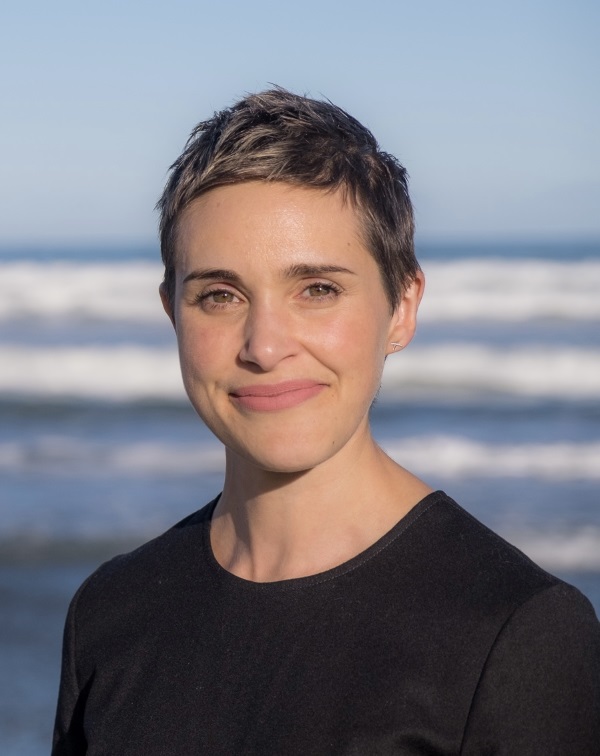Last April, an articulate older woman stood up.
She told a public meeting on Queenstown’s housing crisis she had the money to pay for a private rental, but it was never enough to match the ever-increasing prices.
When something was in her price range, she could never quite get her foot in the door over the many others lined up ahead of her — often couples with two incomes available to cover rent.
So, she had resorted to sleeping in her car; a BMW.
She wryly joked it was an upmarket way to be homeless.
For many of us who live here, it will come as a shock to think of a retiree — someone that could be your mum or nana — sleeping in her car in an unnamed layby or carpark you pass every day on your way to school, or work, or the supermarket.
But this isn’t an isolated incident here and it’s a rapidly growing occurrence nationwide.
During the last Census, 102,123 people identified as experiencing ‘‘severe housing deprivation’’ — the proxy we use for those living unhoused or in uninhabitable conditions.
Of that group, 50.5%, about 50,000, identified as women.
To put this figure in an international context, Australian women make up 44% of those experiencing homelessness there, while Canada reports a rate of 27%.
Of those 50,000 women, transitional and emergency housing providers on the ground report the fastest-growing group seeking support is women over 65 years of age — many of whom are engaging with housing and social services for the first time in their lives as they find themselves at the mercy of an insecure private rental market.
For many, they have come to the end of a life of caregiving and working, only to find they cannot afford to live in the places they love, or close to their families, because they simply can’t make rent.
Many will outlive their partners, meaning they have to make ends meet on their own for much longer, or they may have had an arrangement where their husband has managed the finances and they are left with very little in the way of cash or assets beyond the pension upon his death.
Women are also more likely to be negatively impacted by divorce and domestic violence and will earn on average 9.2% less than men during their working life — equating to 20% less on average than men in their KiwiSaver balances.
Just this week, there was a report from the Bay of Plenty — the region that often shares with Queenstown the ignominy of having the least affordable rents in the country — of a pensioner in her 70s who has under a fortnight to find somewhere to live after her rented home of eight years was sold.
She and her family cannot find a one-bedroom home that will allow her to have her therapy dog for less than $500 per week.
The pension is $496.37.
With the Retirement Commission projecting 40% of retirees will be renting by 2048, this issue is rapidly mounting.
Yet, we have no plan for these women anywhere in our national approach to homelessness.
For example, we investigate the specific needs of women only once in our current national Homelessness Action Plan, on page 25, in the context of exiting prison.
Women are barely investigated at all in our published data on homelessness.
It’s simply not possible to access an agreed source of centralised data that indicates how many women are experiencing homelessness and where, let alone whether, there’s enough of the right kind of housing in the pipeline to meet their needs.
This isn’t due to ill-intent or even intentional design, it’s largely because we’ve made these women invisible to us.
As a society, we don’t see women’s homelessness in the same way we see men’s.
We often hold an image in our minds of a single man alone on the street, not an older woman moving from insecure rental, to garage, to car.
Or, for that matter, a young woman with three kids moving from someone’s spare bedroom to a two-bedroom transitional house without any timeline on what’s next and without any ability to plan for the future.
They are without a home to call their own every bit as much as someone we might see sleeping rough.
This International Women’s Day — today, March 8 — it’s on us to see them and understand their needs, in our community and the country.
As half of our population of people experiencing homelessness, we must pay attention to what women need if we are to get our overall response fit for purpose, locally and nationally.
When it comes to our older women, while we currently have a lower proportion of people over 65 than the national average, our region is expected to age in the coming decades.
We’re fortunate to have the Queenstown Lakes Community Housing Trust and Abbeyfield New Zealand providing subsidised housing for older people and, as a community, we should support these solutions and seek to understand what our changing demographics will mean for how we look after our older women before we are in “ambulance at the bottom of the cliff” mode, as other regions are.
I, for one, don’t want to live with the tagline, ‘Queenstown: An upmarket place for older women to be homeless’.
I hope this International Women’s Day, and each day forward, neither will you.
Victoria Crockford’s a Queenstowner and the national convenor of the Coalition to End Women’s Homelessness, which advocates for the policies and funding required to shift the dial




